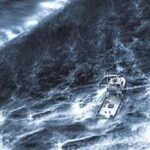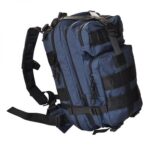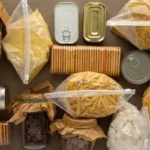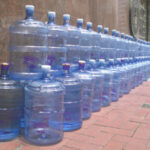October 7, 2024 SHTF
There will be no department store to replace your broken water filter when you need it most.
Drinking water filters : How to choose
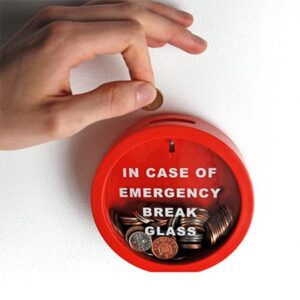
When preparing for the worst there are always many aspects to consider.
And the situation becomes even more complicated when you have to leave your home immediately, because in this case the survival of your family depends solely on what you can take with you.
What should be your priorities in this situation ?
For some, the first priority is to take enough food to last a few weeks.
Others focus on finding shelter for the night, while still others put weapons for self-defense first.
It’s all very important.
But water is even more important.
Because it is one thing to stay at home, where everything is close at hand, even in an emergency situation.
But when the necessities of survival have to be carried in a single backpack on your shoulders, the situation changes dramatically.
It means that supplies will be very limited indeed, and drinking water supplies will soon have to be replenished from new “alternative” sources, which will most likely not be as safe or clean.
But that does not mean they cannot be used.
And how is that possible ?
By using a good, efficient and (of course) portable drinking water filter.
Of course, any natural water source should always be approached with great suspicion.
Rivers, springs and lakes may look pristine, but they are likely to contain bacteria that can cause digestive problems or be contaminated with very harmful chemicals.
On the other hand, it is true that water can be purified using various methods.
For example, boiling water is the only really safe way to completely remove bacteria or parasites from water.
But it cannot remove any chemicals that may be present.
Boiling also consumes fuel, which is most likely needed for cooking, and it also requires that the water be cooled before it is drinkable.
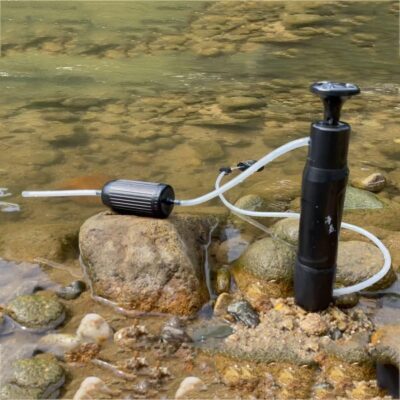
Choosing the best water filter
There are many drinking water filters that are reliable and capable of removing bacteria, parasites and chemicals.
The most common are a combination of ceramic and carbon filters.
The ceramic part uses sub-micron pores, small enough to block parasites such as cryptosporidium and giardia, and most bacteria.
Water is forced through the pores, either with a hand pump or gravity feed system, and then through a layer of activated carbon.
The carbon attracts and filters other chemicals such as chlorine and volatile organic compounds (VOCs) such as benzene.
Before selecting a filter, there are several important characteristics that should always be considered.
1.Pore size
Most suppliers of outdoor products offer ceramic filters with pore sizes between 0.2 and 0.4 microns.
This pore size is sufficient because parasites and most bacteria are 0.5 microns or larger.
2.Velocity
A gravity drinking water filter has a flow rate of ½ to 1 liter per minute, while a lever or pump filter produces at least 1 liter per minute of filtered water.
Of course, this depends on the size of the filter itself and the speed at which you can manually pump through the unit.
Of course, you always have to consider the price/performance ratio.
The drinking water filter is the device your family will have to depend on for drinking water during an evacuation emergency.
So it will have to be sturdy and, above all, very reliable, because most likely at the time of greatest need there will not be a large warehouse capable of replacing your faulty drinking water filter.


